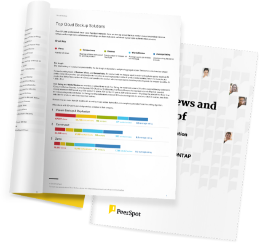The EPA, from what I understand, lacks a lot of features and it doesn't really know how to interface with legacy systems or how to develop APIs for legacy systems. I'm not sure if it is possible, however, we would like to see features that allow for legacy systems so that they can continue to be developed and managed well. The solution should provide some more general studio features. We should be able to manipulate the platform in order to do some integrations on our own. There needs to be a bit more flexibility.





